The Strangest Science Findings of 2017
Here are the top 10 strangest science stories that we covered here at Live Science in 2017.
Two-headed flatworm
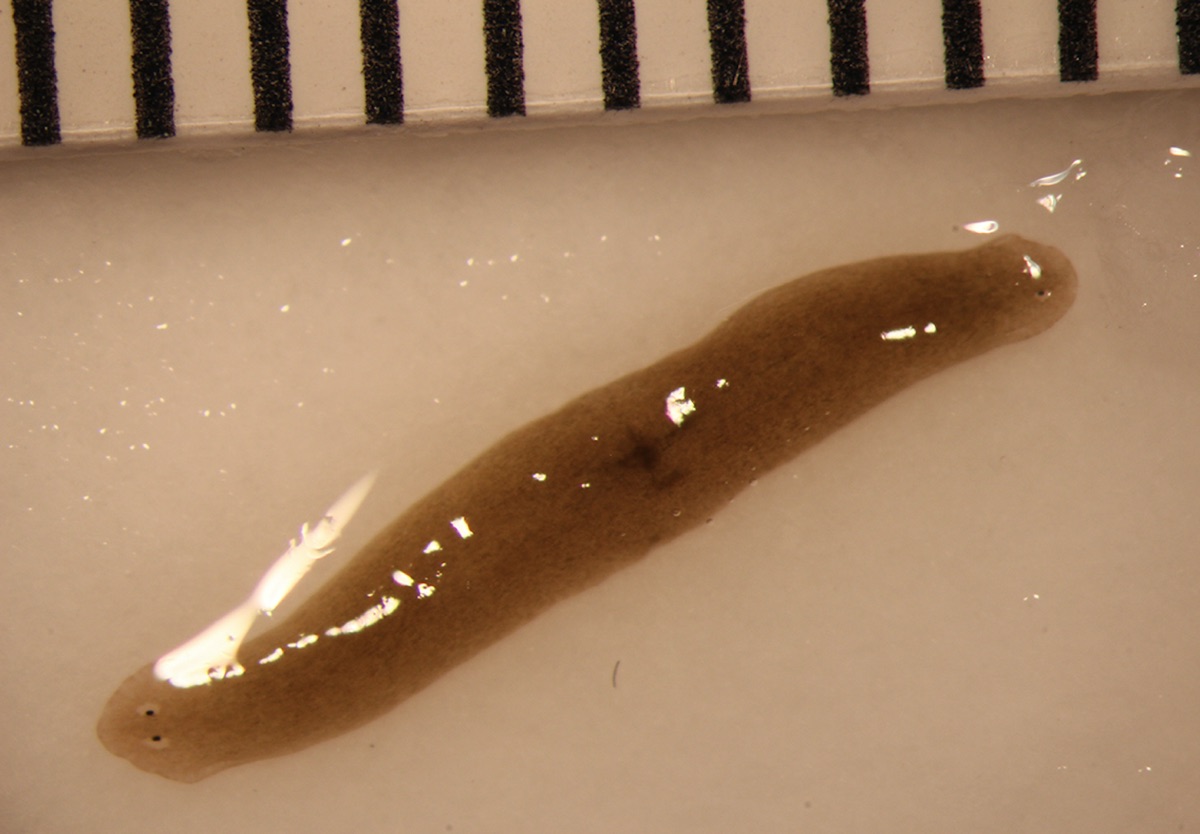
After visiting outer space and returning to Earth, some flatworms (Dugesia japonica) underwent some drastic changes. One sprouted two heads — one at each end of its body. Others reacted differently to water (at least initially) and had different microbial communities compared with flatworms that had never traveled to space.
This finding shows that microgravity can have some unexpected effects on our wormy friends, and can offer insights into how biological systems in living creatures interact with gravity and the geomagnetic field. [Read more about the space-y flatworms]
From fatberg to fuel
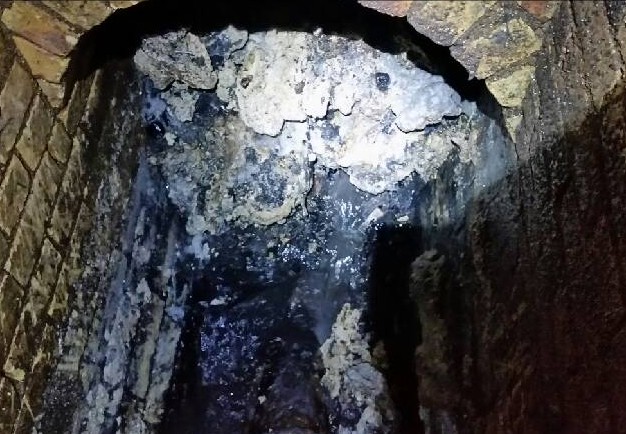
We're all familiar with the term iceberg. Now imagine a "fatberg," a massive clump of kitchen oils, diapers and other flushed garbage that was plugging up a London sewer. At first, U.K. authorities weren't sure what to do with the fatberg, but in the end they announced it would be extracted and turned into biodiesel.
Biodiesels burn more cleanly than fossil fuels. The U.K. fatberg is expected to produce more than 2,000 gallons (7,500 liters) of fuel. [Read more about converting a fatberg into biodiesel]
Fierce female
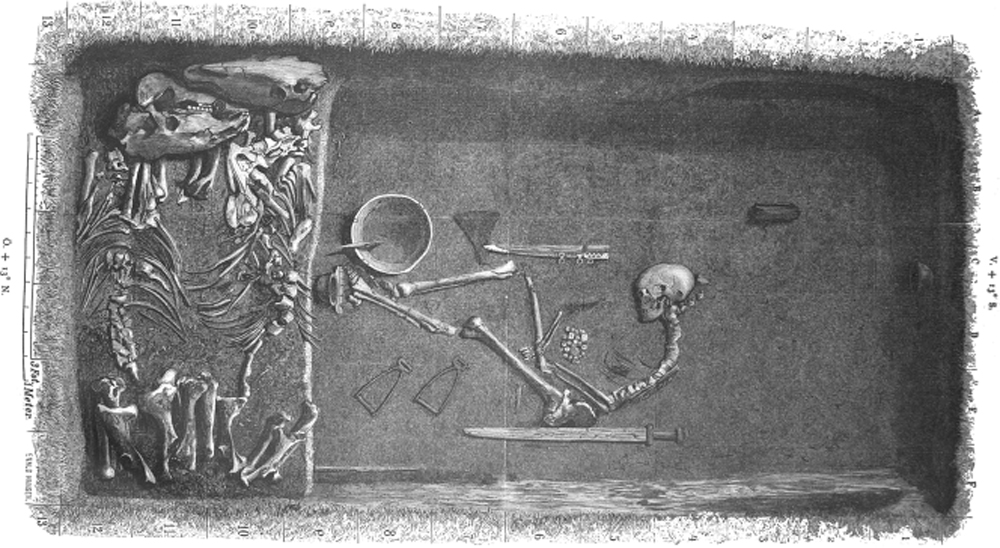
A Viking warrior buried with warlike accessories, such as arrows and swords, isn't a male, as scientists previously thought. The warrior is a woman, a new DNA analysis found.
The warrior's remains were found on the island of Björkö, in Sweden. The discovery raises questions about the role of women in Viking society. [Read more about female Viking warrior]
Sign up for the Live Science daily newsletter now
Get the world’s most fascinating discoveries delivered straight to your inbox.
Mystery blobs
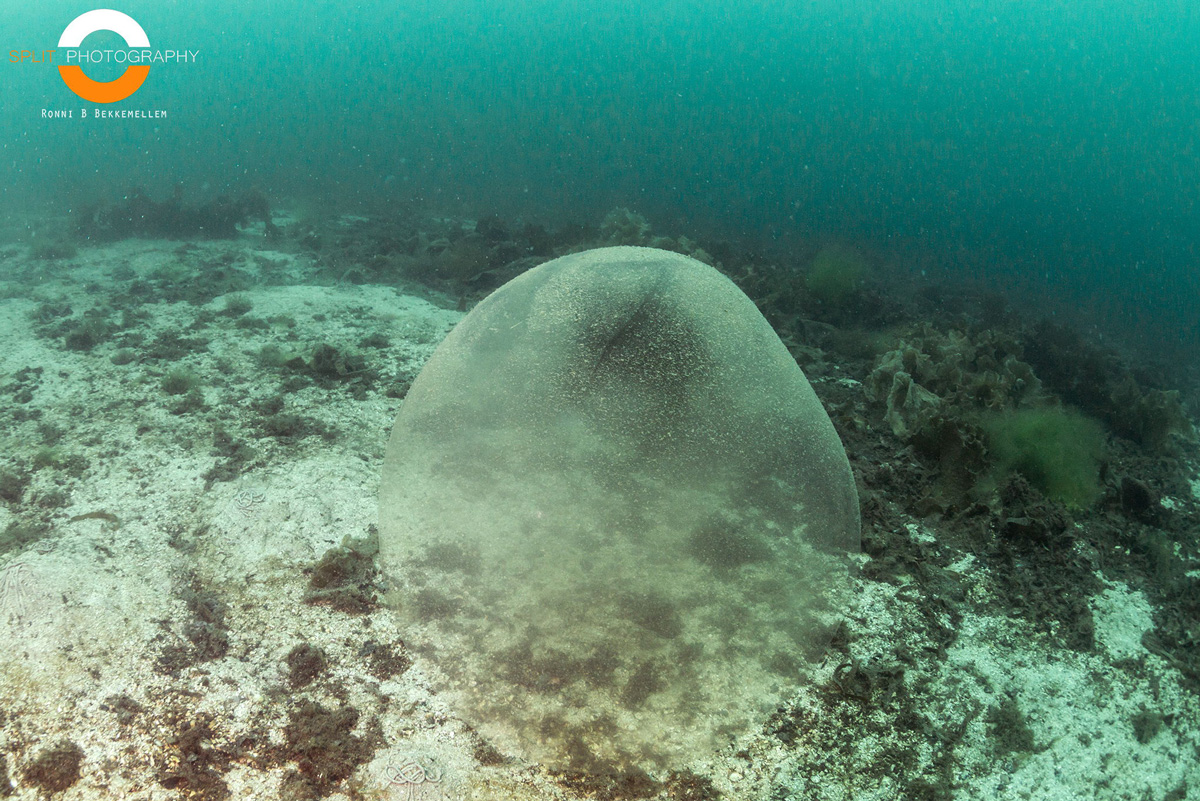
Scientists are scratching their heads in regard to the giant, jelly-like blobs that were spotted off the western coast of Norway. It's unclear if the translucent orbs are an egg mass, perhaps from a squid, or something else entirely.
The water blobs measure about 3.3 feet (1 meter) across, but need to be studied further to be labeled with certainty. [Read more about the mystery blobs]
Chimp maternity leave
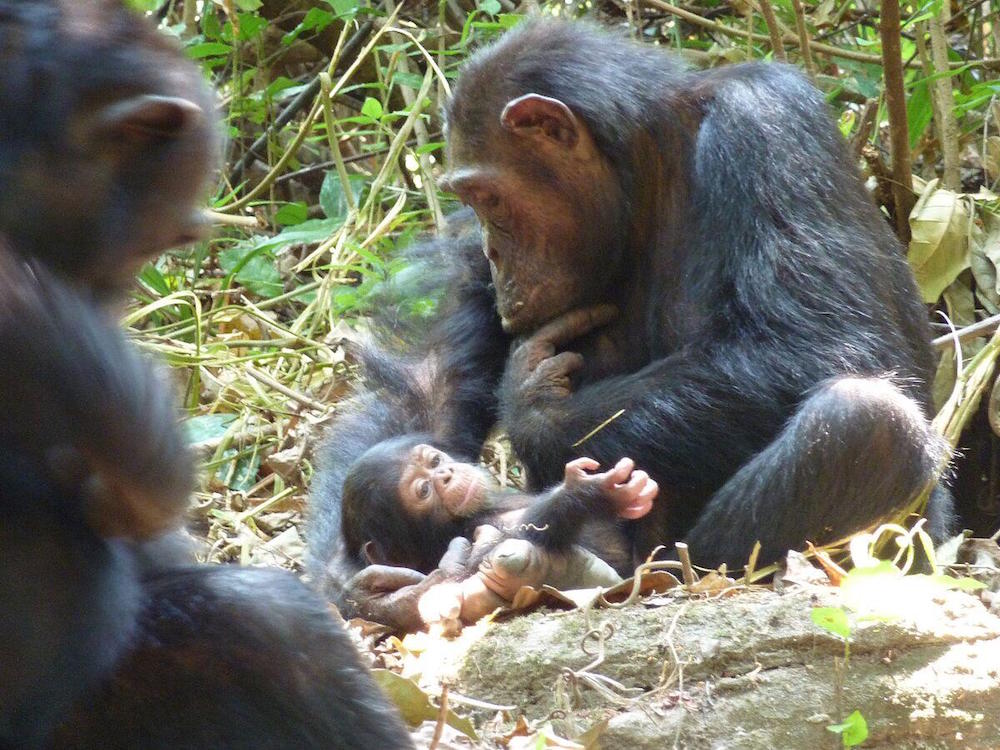
Moments after a wild female chimpanzee gave birth, a male chimp stole her infant and cannibalized it. This disturbing event may help explain why many female chimps temporarily leave the group when they're about to give birth, giving themselves a type of "maternity leave."
The next time the female gave birth, she went on maternity leave, and was able to successfully deliver her infant. [Read more about chimp maternity leave]
Moscow mule

It may sound strange, but there's a scientific reason why people shouldn't drink Moscow mules in copper-lined mugs. The cocktail is a mix of vodka, squeezed limes, ginger beer and ice cubes, which results in an acidic drink with a low pH.
If a Moscow mule or any other acidic drink is served in a copper-lined cup, the copper could leach into the drink, potentially leading to copper poisoning, according to a new advisory released by Iowa's Alcoholic Beverages Division. [Read the full story about the Moscow mule advisory]
Deepest-living predator
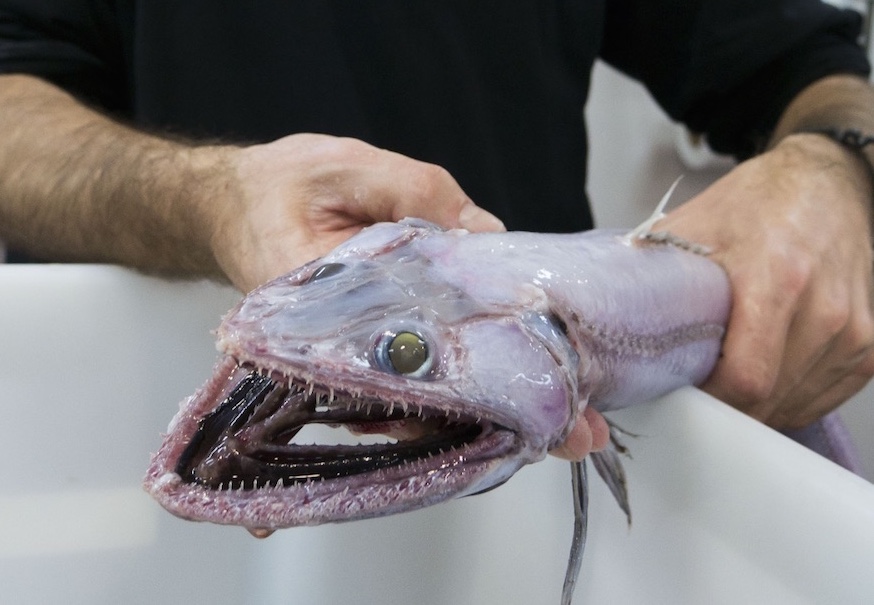
Deep-sea fish often look strange to humans, who rarely get a glimpse of these marvels. This includes the toothy lizard fish (Bathysaurus ferox), a fish that was mistakenly caught in fishermen's nets off the coast of eastern Australia.
Lizard fish are named because they have lizard-like faces. These lie-and-wait predators bury themselves in sediment on the ocean's floor and wait for prey approach so they can ambush them.
Some lizard fish can glow, but it's unclear whether B. ferox has that ability. [Read more about the deepest-living predator]
Secret subatomic event

The public almost didn't learn about a subatomic event because two physicists were worried it was too dangerous to reveal.
The discovery was indeed explosive. The two scientists showed that two tiny particles — called bottom quarks — could theoretically fuse together in a powerful flash.
This flash would lead to three things: to a larger subatomic particle, a spare particle called a nucleon and a giant mess of energy released into the universe. This "quarksplosion" would be more powerful than the nuclear fusion reactions that take place in the cores of hydrogen bombs, they found. [Read more about the now not-so secret discovery]
Volcanic doom
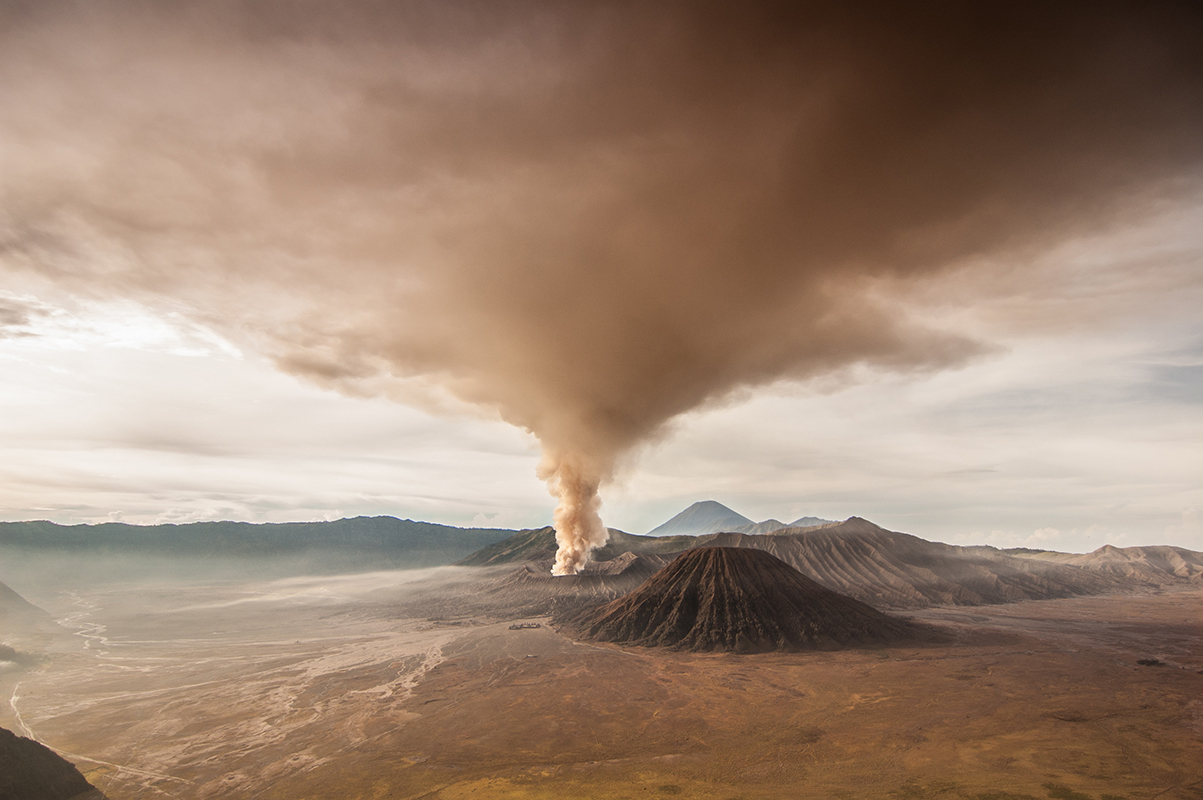
A volcanic eruption might have doomed an ancient Egyptian dynasty, according to a study by climate researchers.
The aerosols released by a volcanic eruption — even one that was far away from Egypt — could have disrupted weather patterns, including the monsoons in Egypt. A drier monsoon season may have reduced Nile flooding, leading to fewer crops and famine, which could have sparked political unrest during the Ptolemaic dynasty. [Read More About the Dynasty-Dooming Volcanoes]
Killing neurons

It may sound strange, but when humans learn, the brain grows new cells and then quickly kills some of them off in a type of neuron slaughter.
This idea was put forth in 2017 as a way to explain why the brain swells and shrinks when it learns. The killing of neurons isn't as ghastly as it sounds, however. The brain is simply getting rid of cells it deems nonessential in retaining the new knowledge. [Read more about neural pruning]
Want to learn about more weird science news? Check out our "Strange News" stories on Live Science!

Laura is the archaeology and Life's Little Mysteries editor at Live Science. She also reports on general science, including paleontology. Her work has appeared in The New York Times, Scholastic, Popular Science and Spectrum, a site on autism research. She has won multiple awards from the Society of Professional Journalists and the Washington Newspaper Publishers Association for her reporting at a weekly newspaper near Seattle. Laura holds a bachelor's degree in English literature and psychology from Washington University in St. Louis and a master's degree in science writing from NYU.









